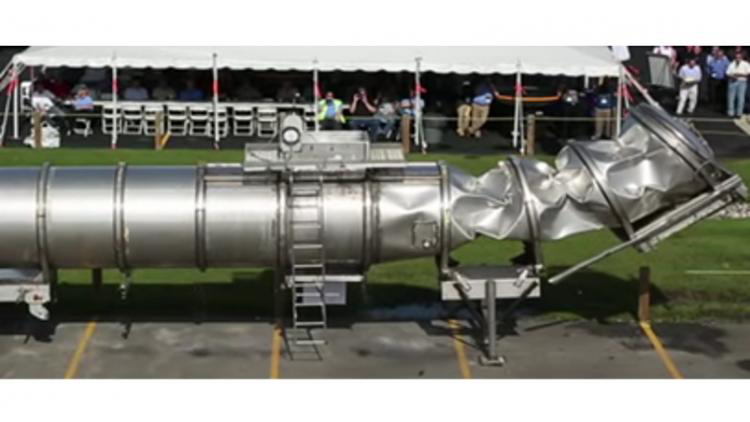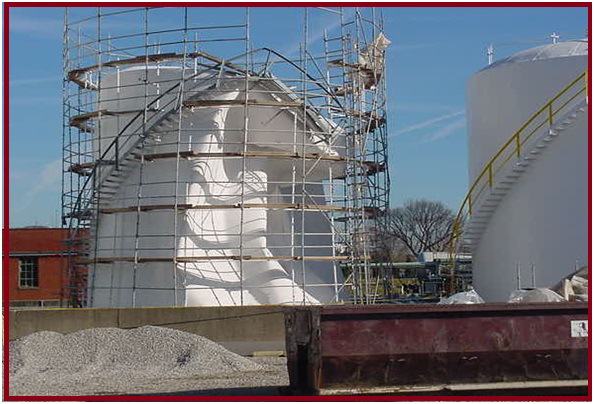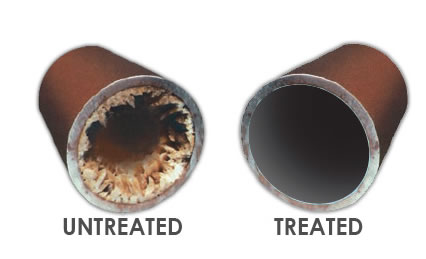Have you ever encountered a nightmare situation where a hose miraculously turns into an icky, nasty, pasty goop? Or how about a pump that starts leaking from virtually every connection point and fitting? What about a fitting that has a pinhole worn through it after only a few days in service? These are all scenarios we have witnessed and can help prevent. Here's how we are going to get you set up with correctly identifying chemical-compatible products and solutions from the get-go.
Importance of Ensuring the Chemical Compatibility Between Solutions and Product Material Used
It is extremely important when working with any variety of chemicals or solutions that pumps, hoses, fittings and safety items are correctly matched for chemical compatibility. Most manufacturers offer chemical resistance charts for their specific product lines and are readily accessible when required. Check out a thorough chemical compatibility chart from Dura Products in our Resources Library. And if that chart isn't enough here is another resource for you. For the safety of you and your employees, it is critical that a proper analysis is made between the solutions you will be handling and the products used to transfer those solutions.
Product Warranty Issues
Also, most manufacturers will not warranty products for compatibility issues if an analysis was not properly completed - prior to product use. If it is concluded that a specific chemical compatibility issue caused a product to fail or perform there will be, in most scenarios, no warranty granted by the manufacturer. Failure to perform a proper chemical compatibility check prior to solution handling could result in catastrophic failure of your equipment and extensive unnecessary costs due to downtime and repair/replacement of equipment and components.
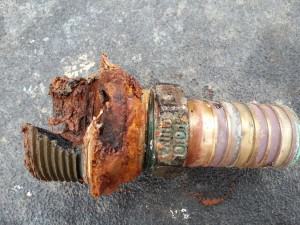
Common Incompatibility Issues between Product Material and Solutions based on our Experience
We have seen EPDM hoses turn to mush when used to transfer oil-based products. Similarly, we have witnessed pump elastomers (seals, O-rings, gaskets) completely deteriorate and create an environment where metal is creating friction against metal inside of pumps. Without elastomers inside a pump, it cannot function properly. Furthermore, we have seen PVC fittings completely deteriorate after only one to two weeks in service.
All of these scenarios could have been avoided had the operators approached us beforehand and identified the solutions to be transferred with their initial choices of products. Should you ever have questions about chemical compatibility - don't hesitate to contact us - that's what we are here for.
Common construction materials for pump bodies and housings are Polypropylene, Stainless Steel, Cast Iron, Kynar (PDFV), Brass, Bronze and Aluminum. Materials generally used in constructing pump seals are Viton, EPDM, Buna, Hytrel, Teflon and Santoprene. Common construction materials for fittings and accessories, such as strainers and valves, include Polypropylene, Nylon, Brass, Stainless, Cast Iron and Acetal.
Hoses and tubing are generally constructed of Buna, EPDM, Viton, Teflon, PVC, EVA, Polyethylene or Neoprene. That being said, your specific application could call for a unique material to be used - given the parameters of the solution you are transferring.
Next Steps - Identifying Suitable Product based on Solution
Once we have identified the solution we are transferring we can then determine what products are suitable for the transfer of that solution. Here at Dultmeier Sales we don't guess - we want to do as much as possible to ensure chemical compatibility from the start. If there are ever questions as to what a solution consists of - you should acquire an SDS or Safety Data Sheet. This document was formally known as an MSDS (Material Safety Data Sheet).
By acquiring an SDS we are able to see the highest concentration of a substance in a percentage breakdown. It is always best practice to find a product that can safely handle all substances that make up a solution. That being said, that is not possible in every scenario. In those instances, one should identify the top substance(s) and locate a product that is chemically compatible. Safety items such as gloves, aprons, boot covers, and arm covers are commonly offered in Neoprene, Nitrile, Latex, PVC.
The first step for proper handling and transfer is to check both the body and the seals of your pumps for compatibility against any number of chemicals. Remember to consult the SDS of the product(s) you are handling. The pump body may be rated to handle a specific chemical but the seals may not. Also, valves and diaphragms need to be reviewed as does any material that will come in contact with a specific chemical or solution.
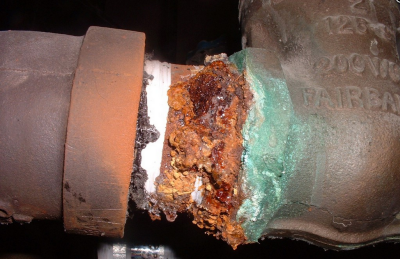
If we don't perform this step our operation will most assuredly come to an inevitable halt - due to failure to properly identify chemical compatibility. Another note to be aware of is that if you choose to mix multiple chemicals and transfer with one pump - we cannot definitively say what chemical reactions will take place with your elastomers, hoses, fittings, etc.
When you mix multiple chemicals together you have just altered the chemical makeup of the solution. We recommend avoiding this scenario unless you are certain the products you are mixing are like products.
If the pump construction is compatible, next check against fittings and hose that will be used in the application. We cannot stress this enough - always check compatibility with any and all items that will come in contact with the chemical or solution. As a general rule Kynar and Teflon are used for very aggressive solutions but are at the high end of the cost spectrum.
There are some more economical options in EPDM, Viton, and Buna. EPDM and Viton may work fine for soaps, waxes, and some herbicides and/or pesticides. Do note that Buna is not suitable for many agricultural chemicals, but is compatible with petroleum-based solutions. While EPDM is compatible with many chemicals, it is not suitable for oil-based products - stick with Viton or Buna in those scenarios.
Key Parameters to Consider: Temperature & Pressure
Furthermore, it is important to confirm temperature and pressure as these two variables can also affect compatibility. Temperature and pressure should always be taken into consideration as they can vary with every application or between applications. For instance, a chemical may respond differently to changes or fluctuations in either temperature and/or pressure.
The fluctuations may actually cause the chemical to completely alter its structure and no longer be compatible with elastomers or products that were previously identified as chemically compatible. Long story short, you may be fine transferring and handling a product at ambient temperatures but may find an issue at higher temperatures or pressures.
Remember to check for compatibility with all of the item groups above. Any chemicals or solutions that you may be handling or transferring should always be confirmed with an SDS - if chemical compatibility is in question. Think chemical compatibility first for the safety and protection of yourself and others. Furthermore, we want to ensure greater longevity and performance of your pumps, valves, fittings, and hoses. Request a Free Catalog here.
If you enjoyed this post check out our technical library for more resources. Can't find what you're looking for? Give us a buzz or drop by our website. Be safe out there.











